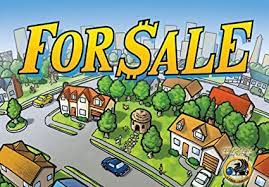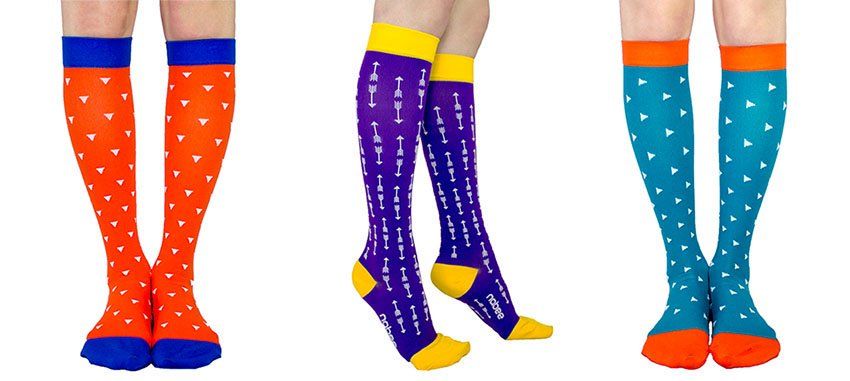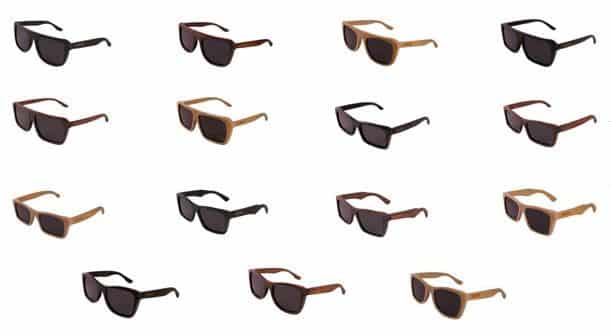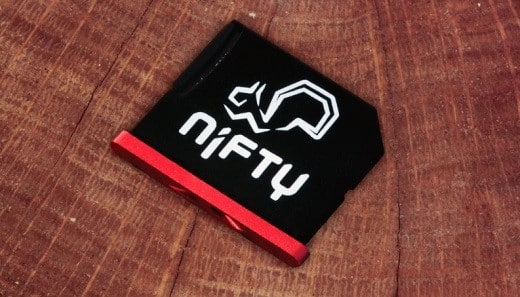Hey there. It’s Joe Slack from the Board Game Design Course. The Fulfullrite team kindly allowed me to write another guest post here and today I wanted to talk about what to do with the extra games that you’ll inevitably have left after your Kickstarter campaign. I hope you get some helpful ideas from this article!
One of the toughest things to figure out after my first successful Kickstarter campaign, Relics of Rajavihara, was exactly how many copies of my games I wanted to have made and what to do with them afterward. After accounting for all orders from Kickstarter, retail store orders, and late pledges/upgrades in my Gamefound pledge manager, I estimated I would need to order a little over 1,700 copies.
The number wasn’t exact, as I needed to account for possible loss or damage. So, I added a buffer of about 5%, which might be on the high side (some recommend about 2% extra), but this also gave me the flexibility and some extra copies on hand when some retail stores sold out quickly and wanted to re-order, as well as for reviewers requesting a copy.
But did I want to print 1,800 copies to have some extras available, or go up to 2,000 copies? 2,500 copies? More?
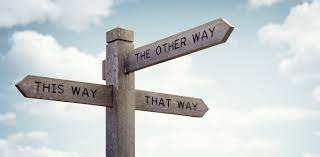
This was a tough decision to make. It was made even harder by the fact that I didn’t know what I would do with those extra copies and how I would sell them.
It’s a difficult number to get right. On the one hand, it would be great to have extra copies available if stores wanted to re-stock your game or new customers are asking for it. But on the other hand, you don’t want to end up paying for storage every month for pallets of games that aren’t selling.
I eventually decided on 2,500 copies. This would give me plenty of copies for backers, as well as any other later orders, plus I would have some on hand to help fulfill my next campaign, which was for the expansion, Montalo’s Revenge. This follow-up campaign included the option for backers to get the original game as well.
This worked out well, especially since my manufacturer offers up to 1 year of free storage (this is rare, but much appreciated!) and my next campaign did even better. In fact, I had a lot of backers returning for the expansion, plus many new backers who pledged for both the base game and expansion.
But if you’ve run a successful Kickstarter campaign, what are your other options to sell any extra copies you got printed?
Retail
It can be incredibly hard for a new creator or publisher to get their game into retail outside of any one-off orders you get from retail stores backing your crowdfunding campaign.
It would be a TON of work to contact or visit a bunch of independent game stores, just to potentially sell a few copies here or there. It can be done, but it will take a lot of time, effort, and travel. You’re way more likely to get someone’s ear by visiting their store and demoing your game than by cold emailing a store, to which you will likely get a rejection email or no response at all. But it’s still a lot of work.
That’s why most publishers looking to get their games into stores work through a distributor.
Distributors
Distributors are the middlemen/middlewomen between publishers and retail stores. If you can arrange a deal with a distributor, they will take your game and shop it around to retail stores for you.
Retailers will essentially be able to look at a distributor’s catalogue and order whatever games they would like to stock on their shelves. This allows them to get a few of this game, a dozen of that game, etc., all in one shipment rather than getting them from each individual publisher (which saves a lot on shipping as well).
However, getting in with a distributor isn’t easy for a new creator or publisher. They often like to see a catalogue of games from a publisher rather than just one before they will consider you. There are exceptions, of course, especially if your game did extremely well and there is a lot of demand for it. But this is definitely an exception.

If you go to a distributor trying to unload a few hundred games you can’t sell, they’re not likely to be interested. They get asked this often. If you were in their shoes, how excited would you be about trying to sell a bunch of games that others are just trying to unload?
Still, there are some distributors that are worth checking out who may agree to sell your games for you. Traditionally, they would buy your games at 40% of MSRP and then sell them to retail stores. In some cases though, they may work off of commissions with similar rates. This is the difference between being paid up front (more risk to distributors) or after copies sell (less risk to distributors).
Here are some distributors that you can contact to see if they are a good match:
- Bridge Distribution (I’m currently in talks with them for my games)
- Funagain Logistics/Hitpoint Sales
- Quartermaster Logistics/Cool Stuff Inc.
- PSI
Amazon/Cool Stuff Inc/other
Another option is selling your game yourself on Amazon or through a web store like Cool Stuff Inc.

The margins will be a lot better with this approach than distribution or direct to retail, however, the selling will be up to you. There are thousands of already popular games available for sale on these platforms, with tons of reviews and lots of sales, so how will anyone find yours?
You’ll have to find a way to advertise or otherwise direct people there so that they find your game. Otherwise, they may just sit there, racking up storage fees (which I understand Amazon will increase drastically if your product isn’t selling quickly).
Many fulfillment companies will also organize Fulfilled by Amazon (FBA) shipping for you, so if you are shipping your games to them to fulfill Kickstarter orders, you could also send them your extra copies to sell in this manner.
Selling them yourself
Another option is to sell your games yourself. There are a few different ways you can do this:
- Sell from your website
- Sell them at conventions (and other events)
- Sell them on future Kickstarter campaigns
From what I understand talking to other publishers, only a very small portion of sales come directly from their website. If they are a larger company and offer a pre-order for their next release, this can generate some decent sales, but outside of this, you won’t likely sell a ton of copies.
Plus, you’ll again have to do all the marketing to bring people to your site, which is a lot of work and is not in everyone’s skillset.
First, make sure you have a plan for order fulfillment. If you need a hand getting your games out to backers and you’re not interested in doing this yourself (I wouldn’t recommend doing this on your own unless you have few backers and/or a lot of time on your hands), Fulfillrite is a great option.
So, you might instead consider conventions or other events. You must note that getting a booth or even a table at a major convention can be very expensive. Plus, you have to travel to get there, be at your booth at all times and hire staff or volunteers to help demo and sell your game, and you’ll be on your feet all day. Being an independent publisher, you’ll also likely get an out of the way spot at the back of the hall.
Many medium and large publishers just aim to break even from these conventions. Of course, people will see your game there and even though they might not buy it on the spot, this could generate future sales.
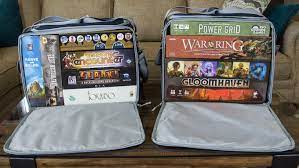
A smaller convention or another event, such as a local fair or flea market, might be another option. This would be much less expensive to attend, however, the latter events will not be your core audience. At the same time, you may be the only one there with a cool game to demo, so you would stand out. Still, selling hundreds of copies of your game could take many trips to many events.
If you run another Kickstarter campaign in the future, you could also offer your first game as an add-on or as part of a bundle. If your first game did well enough to warrant an expansion, offering the original game on this next campaign is a no-brainer, as many more people will discover your game that missed the original campaign. They will all need to purchase the base game before they would be able to play the original.
You could even leave your pledge manager open or re-open it later to take additional orders after you deliver all your games to your backers. You’d just need to have these games available for you or your fulfilment partner(s) to send out when they are ordered. Again, it would be up to you to drive traffic here so that more people discover your game.
Wrapping it up
How many extra copies you have printed is up to you. But you should have a plan for how you will sell those extra copies, as they won’t sell themselves. It might be interesting to test the waters and try selling your game through one or more of the approaches above with a small number of copies just to see what method would work best for you.
If you’re thinking about launching your game on Kickstarter sometime in the future, check out my free Kickstarter Success Checklist. It will give you step-by-step pre-launch steps, a list of important tasks to complete right after you hit launch, and tips on how to keep your campaign going strong.

Joe Slack is a board game designer, publisher, instructor, and the author of the #1 international best-selling book, The Board Game Designer’s Guide, along with 3 other books on game design. He has taught Game Design and Development at Wilfrid Laurier University and runs the Board Game Design Course, an online course for new game designers. Joe has 4 games published with other publishers (Zoo Year’s Eve, Kingdom’s Candy: Monsters, Four Word Thinking, and King of Indecision) and one self-published game (Relics of Rajavihara) and expansion (Montalo’s Revenge).

